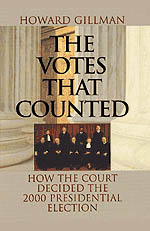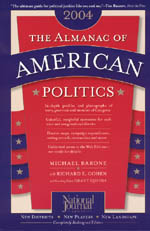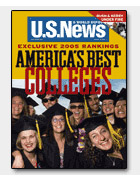Which dorm will it be?
The incoming class of 2008 sits on pins and needles, waiting to see what luck their housing assignments will bring. Will they be placed with roommates who are tidy, quiet, and unfazed by late-night parties and study sessions? Or will they spend ten months stuck with monsters?
On the class’s password-protected online discussion forum, incoming students share roommate horror stories, handed down from older friends and siblings. One girl claims to know a Boston University student who roomed with a murderer. Another has heard of roommates who bring home different strangers every night.
Then there are newcomers such as Hilary Lee, who fears she will be denied a roommate entirely. Lee doesn’t want to be placed in Broadview, she admits. She would rather be placed with a socialite or a murderer, she says, than live alone.
Soon the class will wonder no more. The Office of Undergraduate Student Housing mailed out room assignments Friday, and the luckier students have already received theirs. Incoming first-year Caitrin Nicol is thrilled: although she doesn’t know her roommate, she did get placed in her first-choice dorm—the Shoreland's Dudley House. Dave Franklin, meanwhile, is slightly more apprehensive: he preferred Palevsky East but will live in the dorm’s west wing.
Although students’ satisfaction with their housing assignments may vary, there’s one point on which they agree: they’re glad the wait is over.
Leila S. Sales, ’06
 |
 |
 |



























